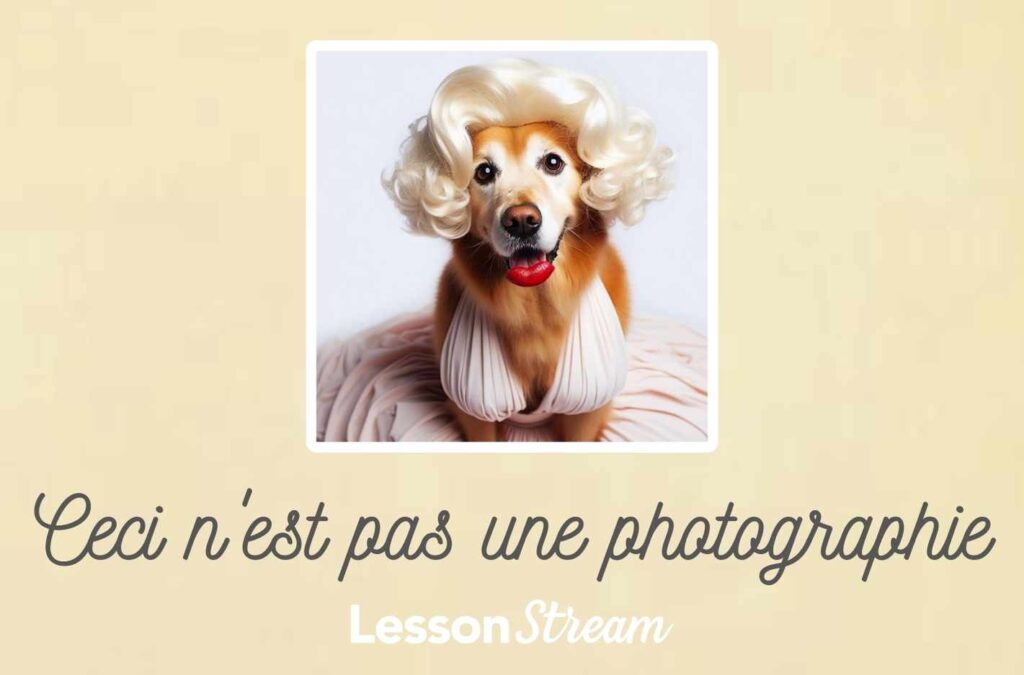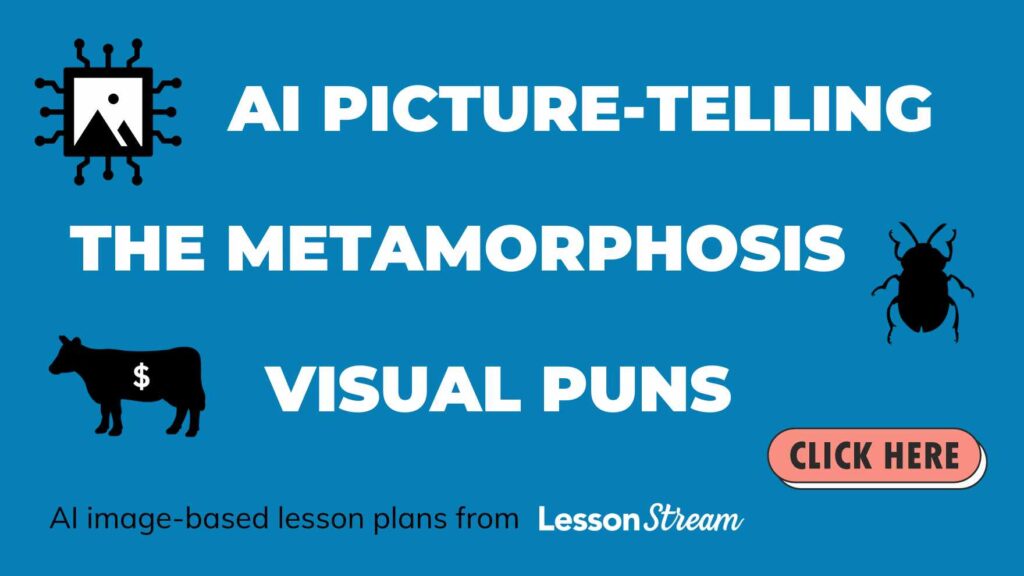For better or for worse, artificial intelligence is becoming more visual. OpenAI, the company behind ChatGPT, has recently launched a powerful updated version of DALL-E, its AI image generator. The tool is freely accessible and in this blog post, I would like to show you what it can do.
Visual wordplay
The following images are visual puns. In other words, they depict language items as plays on words. Can you work out what they are?
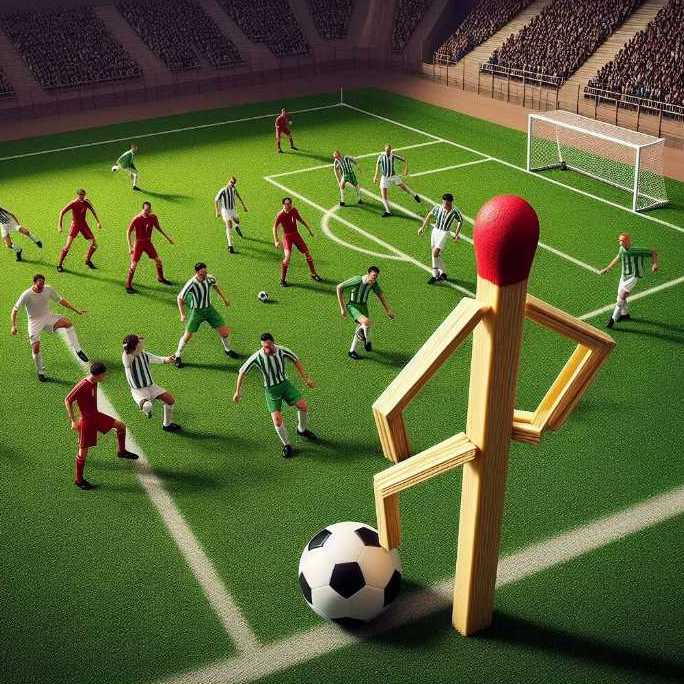
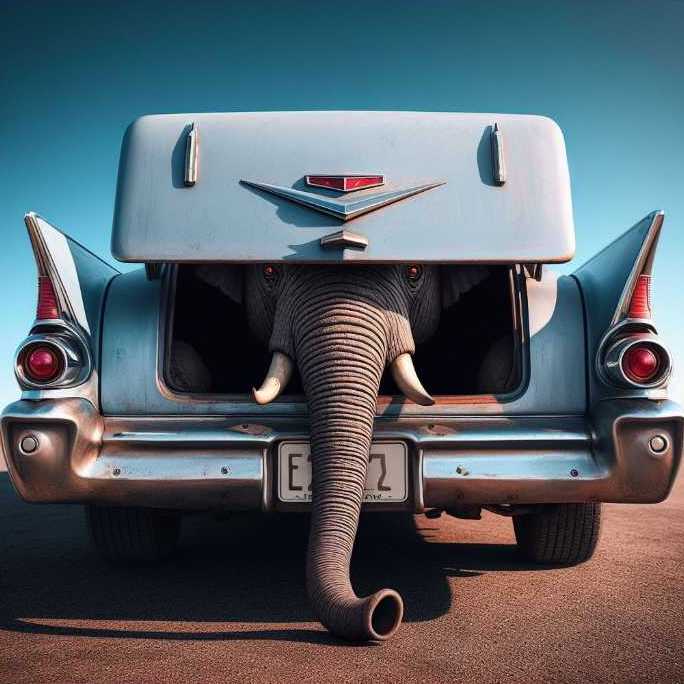


Answers:
- A football match
- The trunk of a car
- A dictatorship
- A hotdog
I am happy to say that no dogs were forced to wear lipstick or dress up as Marilyn Monroe. That one isn’t even a real photograph – it’s an image that was created by DALL-E, the artificial intelligence image generator from OpenAI, the same company that developed ChatGPT.
AI images generators
For most of this year, AI image generators have been either quite complicated to use or not particularly effective. However, that has just changed with the most recent DALL-E update (DALL-E3). The tool is freely accessible through Bing. It is very easy to use and the results are so much better than before. For the user, everything comes down to one thing: the instructions or prompts that we give.
Prompts
The wordplay images at the start of this post are from a LessonStream lesson plan titled “Visual puns”. There are sixteen images in the slideshow and each of them took me around 30 minutes to create on DALL-E3. That is not because the image generator is difficult to use but because it can be unpredictable. You never really know what you are going to get from the prompt that you provide.
Let me show you an example. For the “Visual puns” activity, I wanted to create an image for the phrase ‘fire drill’ (i.e. a practice for an emergency situation). My image idea was for a power drill with flames coming out of it. Here is a summary of what I did:
Prompt one: “A power drill on fire”
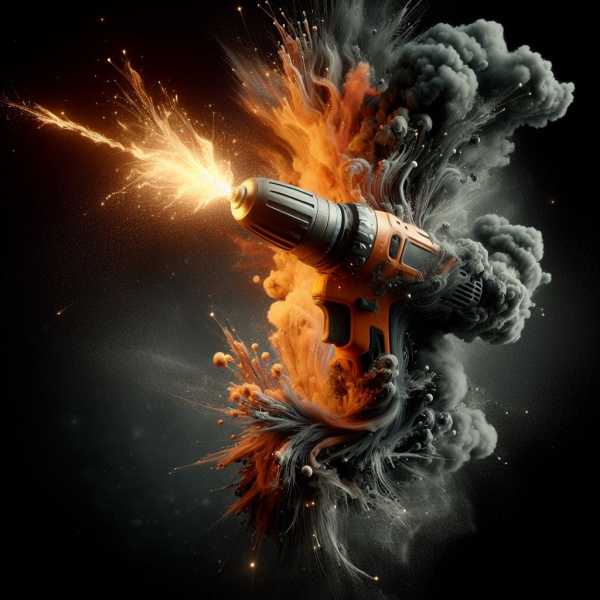

This prompt seemed to result in some sort of miniature flame thrower – not exactly what I was looking for. So I decided to try something else.
Prompt two: “A power drill in flames”


Again, this is not quite what I was hoping for: too much smoke and not enough flames.
For my next attempt, I considered that if the drill was bigger, I might get the result that I was looking for. (Please don’t ask me why I thought this.)
Prompt three: “A giant power drill in flames”

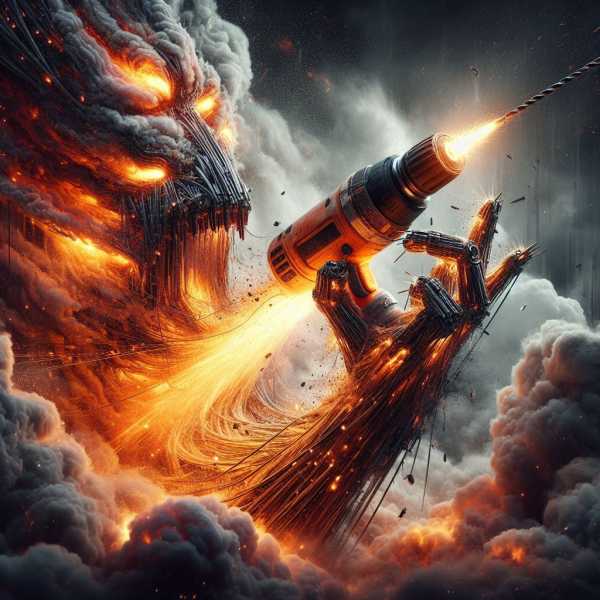
Wow – this is interesting. In the second image, DALL-E seems to have misunderstood my use of the adjective ‘giant’ and taken it to be a terrifying noun!
For my next attempt, I decided to ask for a different kind of drill.
Prompt four: “A dentist’s drill on fire”
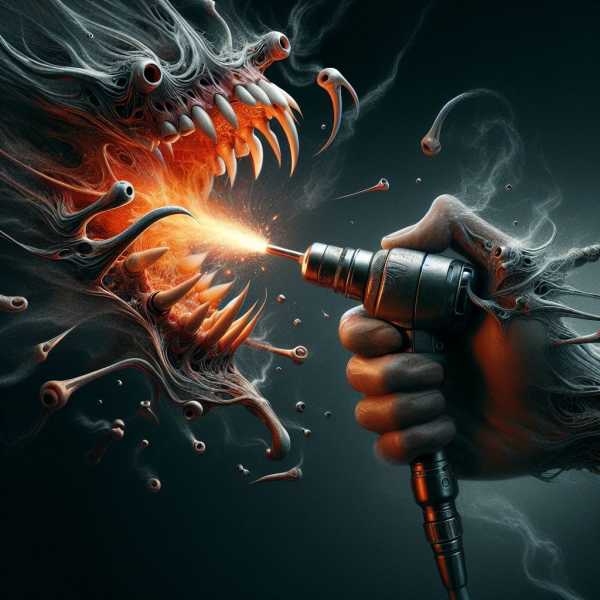

OMG! This is the stuff of nightmares. Someone get DALL-E a therapist!
At this stage, I decided that it was time to reconsider the image that I was trying to elicit. Rather than flames coming out of a drill, how about putting a drill into a fire?
Prompt five: “A cosy fire place. There is a power drill in the fire.”


No matter how many times I tried, and despite my seemingly clear instructions, DALL-E just refused to place the drill in the actual fire. Bad DALL-E! Also, there’s too much of a Christmas vibe going on here.
Let’s try something else:
Prompt six: “A cosy fireplace. Inside the flames of the hearth is a power drill”


At this stage, I am starting to think that DALL-E is not giving me its full attention. I mean what other excuse is there for misreading the word ‘hearth’ (= the floor of the fireplace) for heart?
Prompt seven: “A cosy fireplace. Inside the flames, the silhouette of a power drill.”


Bingo! While these images might not be the most visually captivating, to me, they are the most effective for the job. In my mind, they clearly communicate ‘fire drills,’ rather than ‘spark drills,’ ‘smoke drills,’ ‘giant drills,’ ‘terrifying drills,’ ‘nightmare drills,’ ‘Christmas drills,’ or ‘hot heart drills.’ For the “Visual Puns” lesson plan, I chose the second image.
Product or process?
As teachers, we can make use of AI image generators to create visual content for the classroom. However, for me, the real value lies in the prompting. It’s a communicative trial-and-error process in which the human negotiates meaning with the machine.
This interactive process demands creativity on the human’s part and underscores the messiness of communication and highlights the potential ambiguity of instructions. I can instantly see a lot of potential for using DALL-E in the language classroom and feel much more excited about it than the likes of ChatGPT.
However, it must all be approached with trepidation. I am very concerned about the disruption that AI is going to cause for content creators in the short term (myself included) and, eventually, humanity itself.
This Friday, I’ll be going LIVE on YouTube to explore some more ideas and also express some concerns about the rise of AI image generators (*Click here*).
- 📅 Date: Friday 8th December
- 🕔 Time: 5pm CET (Barcelona time)
- Click here to convert to your time zone
I hope to to see you then!
Thank you for reading.
Jamie
